In many cases an element must be positioned for z-index to work.
Indeed, applying position: relative to the elements in the question would likely solve the problem (but there's not enough code provided to know for sure).
Actually, position: fixed, position: absolute and position: sticky will also enable z-index, but those values also change the layout. With position: relative the layout isn't disturbed.
Essentially, as long as the element isn't position: static (the default setting) it is considered positioned and z-index will work.
Many answers to "Why isn't z-index working?" questions assert that z-index only works on positioned elements. As of CSS3, this is no longer true.
Elements that are flex items or grid items can use z-index even when position is static.
From the specs:
4.3. Flex Item Z-Ordering
Flex items paint exactly the same as inline blocks, except that order-modified document order is used in place of raw
document order, and z-index values other than auto create a stacking context even if position is static.
5.4. Z-axis Ordering: the z-index property
The painting order of grid items is exactly the same as inline blocks, except that order-modified document order is
used in place of raw document order, and z-index values other than auto create a stacking context even if
position is static.
Here's a demonstration of z-index working on non-positioned flex items: https://jsfiddle.net/m0wddwxs/
